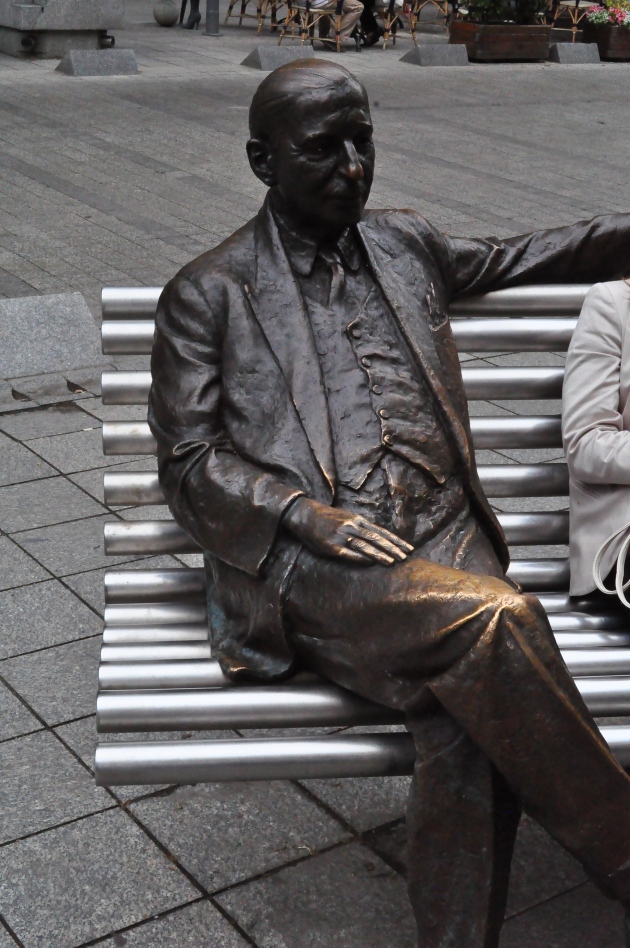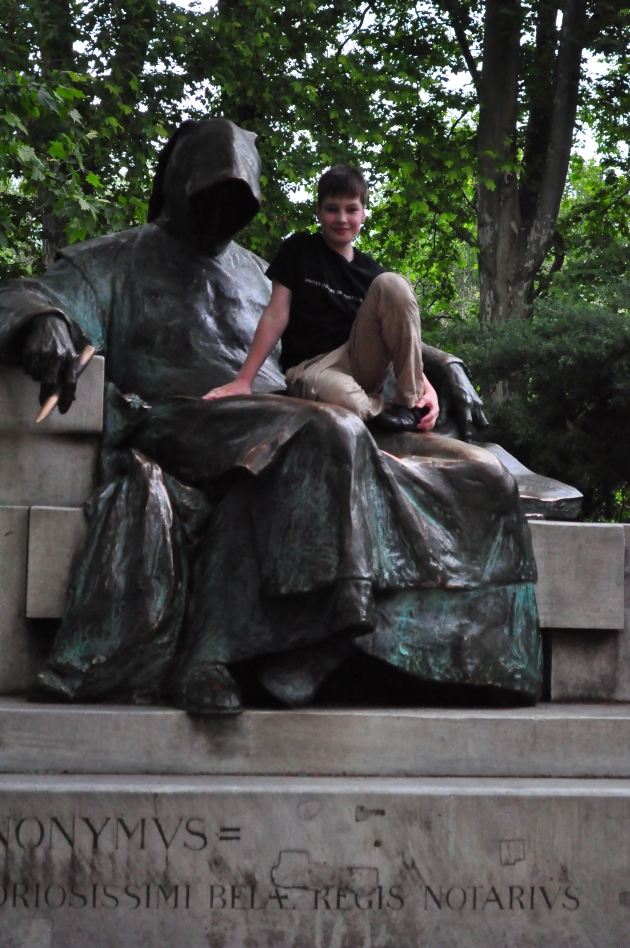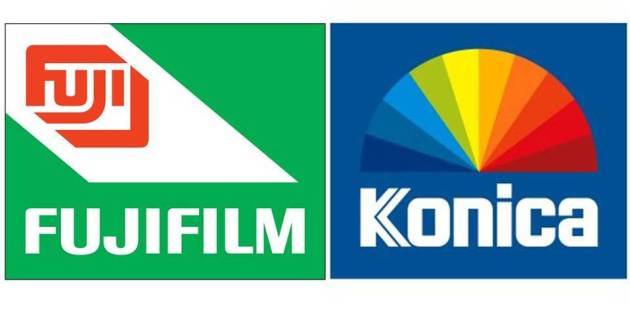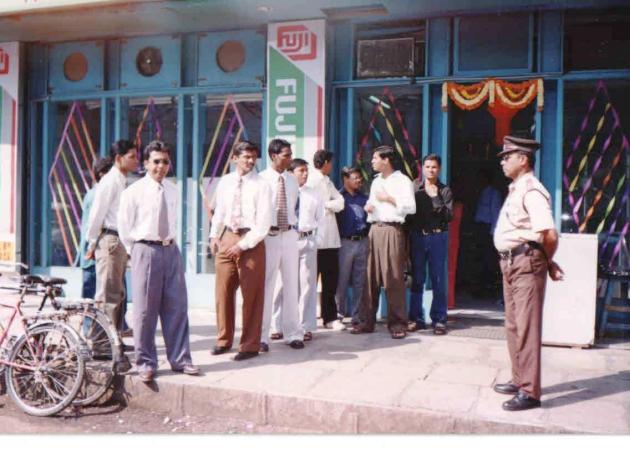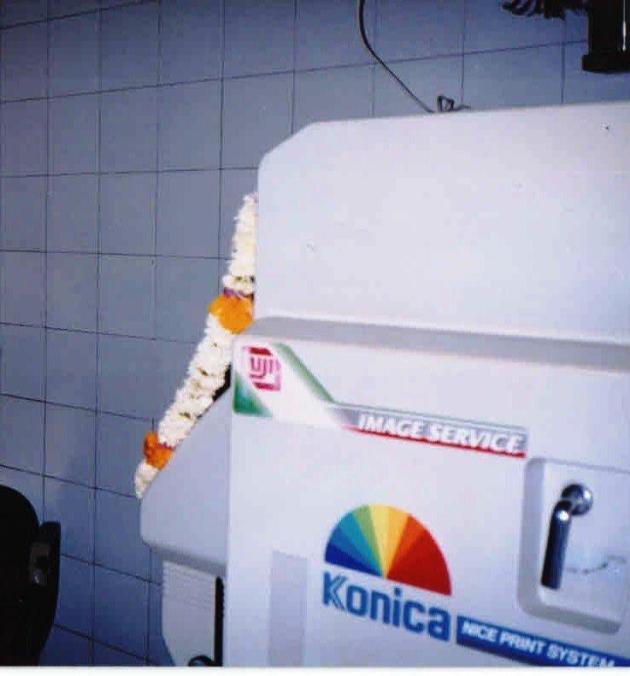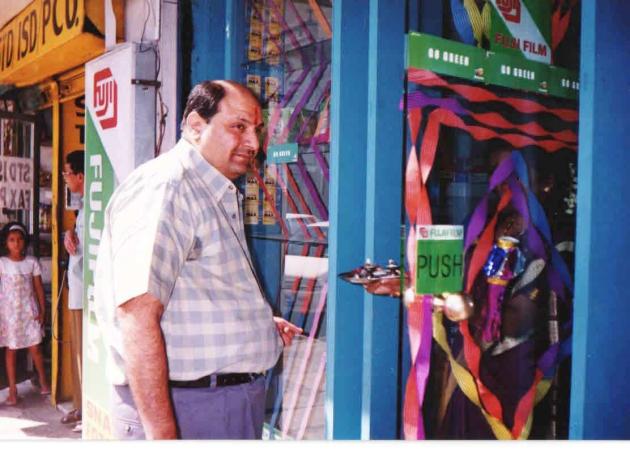Get your Start-up Employee mix right! Here’s how.
October 18, 2012 3 Comments
When I began my business in 1984, I was just fresh out of college, naïve by today’s standards, and all of 24 years old.
Back then I use to sit in a small office of my photo-finishing studio which on the third floor of a quaint building on the bustling Laxmi Road in the heart of Pune’s famous peth areas.
Within a year of starting my business, I began to take pride in the fact that I had managed to build a very young team full of enthusiasm. Despite the energy they brought into my venture, I was very well aware of the fact that they had no exposure, did not understand systems and processes, and had little understanding of planning and managing finance. So to say, they were excellent soldiers but what I needed were also Brigadiers and Generals who would carry out orders well, plan and execute well in advance.
My team was somewhat akin to a Cricket team that had no balance. On a day we would do well beyond our expectations and another day we would be miserable failures. I was so caught up in our day-to-day operations and managing an inexperienced team that all of us had no clue which direction the business is headed. I had no mentor who could guide me or any senior, experienced employee on whose judgment I could rely.
So, one fine day I sat down began reflecting on why I had no senior employee working with me. However hard I tried to reject it, I then had to painfully come around to accepting that as a 25-year-old owner and employer I was afraid of having someone who was senior, more experienced and perhaps more competent than me on my team.
I was more concerned about the perception such a scenario would generate than the fact that my business was directionless. I was mortally afraid that the person would appear as the leader and me a minnow in front of him. After much soul-searching and taming my insecurities, I then reached a conclusion that if I did not live up to their competency levels, in that case I did not deserve being called a leader at all.
It was a choice between safe keeping my ego and growing my business. A choice faced by every entrepreneur, be it a fresh-faced college student-cum-entrepreneur or an experienced entrepreneur hiring talent much younger and competent than him.
I therefore decided to hire two senior professionals in my organization: one a Marketing professional and the other a Production Manager. The Marketing professional I chose was an extremely hard-working, competent and a go-getter of a woman. Not very impressive to talk to, but she knew how to get the job done! She was extremely aggressive as an employee and a tough negotiator when it came to getting her salary. I felt truly intimidated by her at times.
The Production manager was ex-Indian Air Force personnel with a background in the maintenance department of the Air force. He was a very dedicated man, who believed in hierarchy and was meticulous to a fault.
Days passed into months and the two managers had taken their jobs seriously and were doing well. The Marketing manager was able to expand her territory, come up with unique schemes, and persuade customers to give us work; while the Production Manager worked hard at getting the job done in time.
Things were looking good as I got a lot of time to think ahead and plan my business. However, I had gotten so engrossed in my planning and had become complacent about managing my employees. I was under the impression that the two senior managers would take care of that too. Little did I know that I was soon heading into a major organizational crisis! At first, it began as sporadic instances where a few differences of opinions would come up and I would let it pass and not take a stand or give clarifications. However, as the work began to gain momentum, the fight for organizational power between the two senior managers had grown much more than I had imagined. Petty office politics had taken precedence over the work which was at hand. Meetings soon turned into a boxing ring with me as a meek referee in between two stalwarts
A full-blown crisis was just waiting to happen and it chooses to take place on a day when I was not in the office for a couple of days. I had just returned from an out-station work trip and headed straight to my office. As I entered my office, I could sense the heavy atmosphere hanging over our heads. Something had happened and I was completely clueless! I looked around and all the staff had grim faces and they were avoiding eye contact with me. I then noticed that the two key managers were sitting in their cages like lions waiting to go at each other!
I headed straight for my cabin and called for my cousin who was also one of my employees. Upon questioning him, he meekly told me that the two managers had an argument which had spiraled out of control and literally ended in a physical fight! Taken aback at this piece of news, I didn’t know what to say! Dumbfounded, I was tempted to ask who won, but refrained from asking on second thoughts. I mumbled my customary “ hmm”, and dismissed him and spent the next two hours thinking how to solve this crisis! I couldn’t avoid it and neither could I address it without having a proper strategy at hand.
So I called each manager one at a time. The production manager felt that he was the boss on the floor while the marketing manager refused to accept him as the boss. It reached a point where they both put the ball in my court and asked me to choose: it’s either me or the other person.
Now, when you’re a young entrepreneur who has senior employees working for you, more often than not one tends to get arm twisted into taking decisions their way. However, I was not going to let that pass and I sat down with both and had a conversation that I should have had the first time they had a fight.
I shared my dream about my enterprise: the dream of becoming the biggest and the best photo-finishing lab in the state. I told them the goals that I had set for the business and then explained to them their role in making that dream come true. I held up a mirror to them and asked them to reflect if their behavior all this while was in any way productive and whether that was helping all of us working towards their goals.
I went one step further and informed them that their behavior was not befitting people their age and experience and that both of them were responsible for lowering the morale of the other employees and lowering productivity of the entire floor! I asked them to go home and reflect on this incident and come back to me four days later. I also let them know that it is they who have to make a choice of continuing here since I had hired both of them for their competency and that if it came to making choices between the two, they would both lose their jobs!
A week later, I had both my managers focusing on the company goals! My talk had made them realize their pettiness and they mutually agreed that if there was a difference of opinion, it would never be personal and that they would resolve it amicably. It was easier set than done, but then this time I kept a keen eye on what was happening in my office.
I realized that one can never become complacent when it comes to anything related to your start-up. Of course, there were many differences and disagreements that came my way after this instance, but then this time I was much more proactive and made my stance clear every time.
Here are my some of my tips on the simple rules for managing employees in a start-up:
- Get your team balance right. Don’t hesitate to take older people. And don’t hesitate to take on talented people even if they are older than you!
- Most Indians are programmed to think that the eldest is the boss. In a professional organization, you are the boss not by virtue of your age but by virtue of your position! So shake off that value system that the older person is automatically the decision makers!
- Indian men find it hard to work under a female boss. That’s their cultural issue and we need to bring their focus on deliverable and results and not their gender.
- Most professional women on the other hand are loud and pushy because they have to survive in a man’s world. They therefore have to be aggressive and sometimes loud to be heard and make their opinions count. This leads to unnecessary stress So, if you want to come across as a professional and gender neutral organization, give female workers equal opportunities to prove their talent.
- Sell your employees your dream. Tell them how they can participate in realizing the dream.
- Surround yourself with people more competent than you. This is the biggest mind block most Entrepreneurs have. They’re scared of employing people more competent than themselves. But an Entrepreneur has the biggest edge over the most competent employee. An employee is not a risk taker and he respects you enormously for being able to take risks. And don’t be ashamed to learn from them. They will be your willing teachers. I have seen many organizations stoop to mediocrity because the owner is afraid of enrolling people more competent than him. In fact, he should constantly ask himself if his employees are continuing to be more competent than him. If they are not, he is clearly out pacing them and that he needs to continuously rejuvenate the team.
- Finally, look for efficiency and not loyalty. The Indian value system values loyalty more than it values efficiency. Keep away from that trap. This is particularly true in first generation entrepreneurial ventures. The source of most conflicts between 1st generation and 2nd generation employees is often this issue.
More tips and insights in my next blog!
Parag Shah
October 2012,
